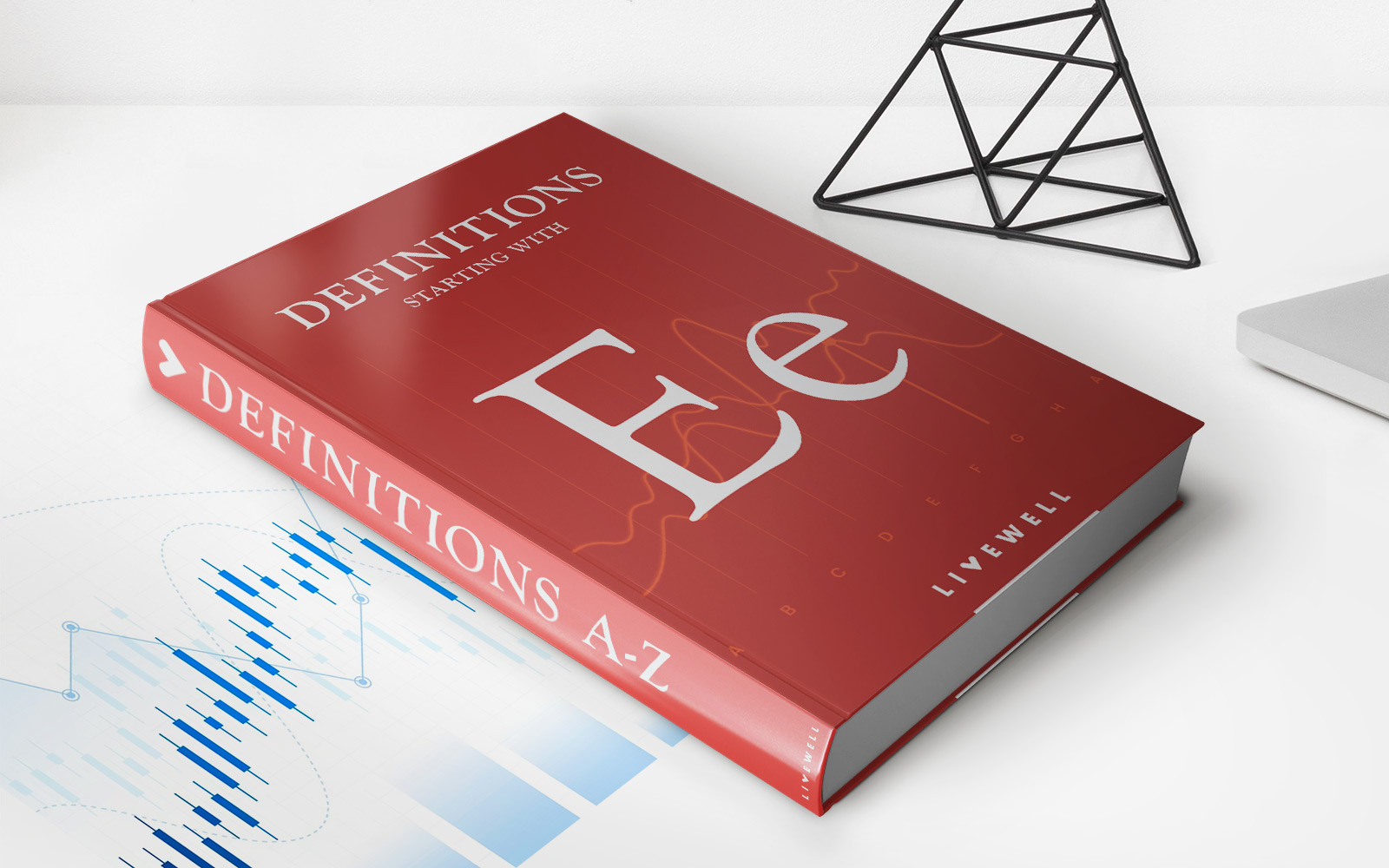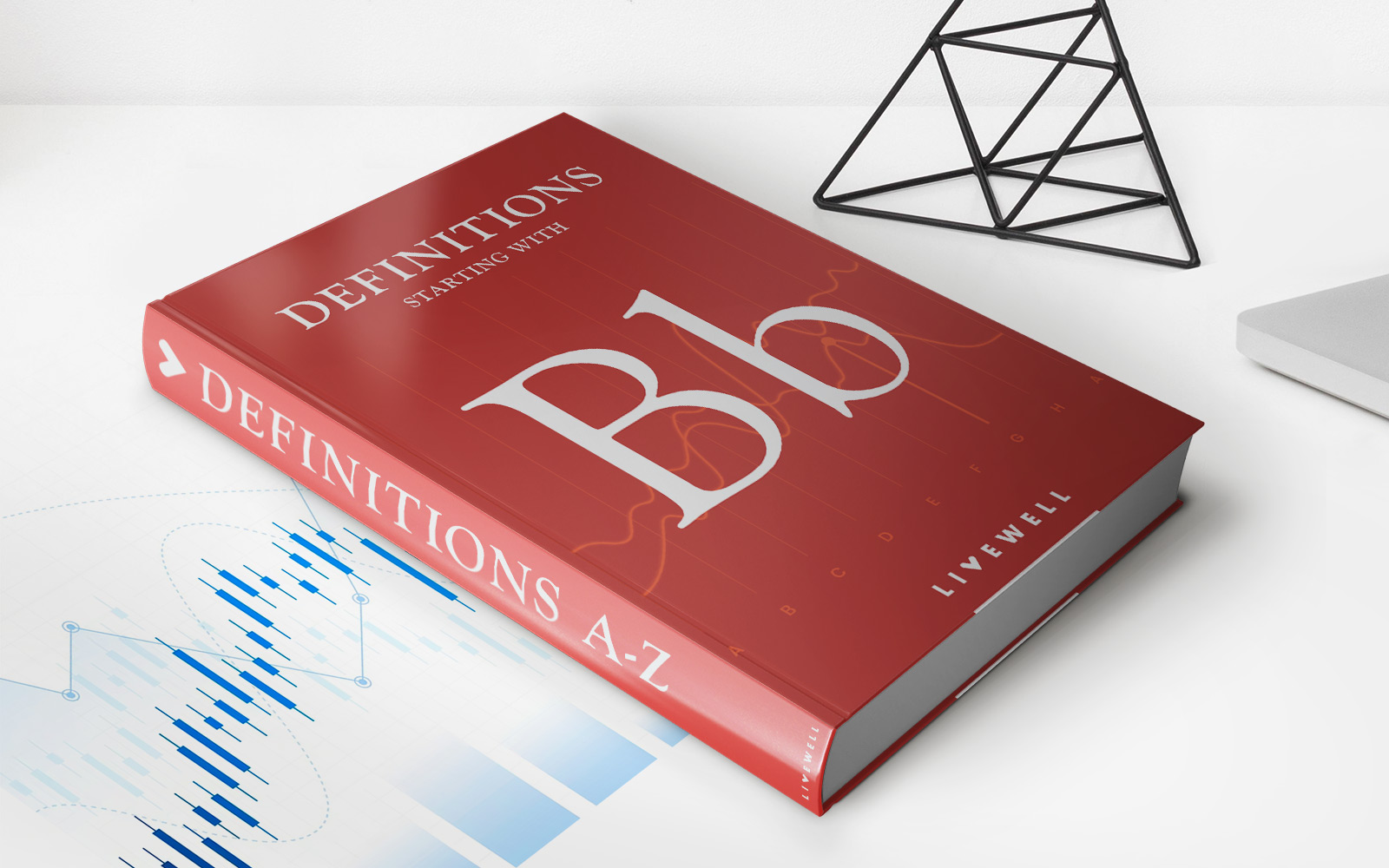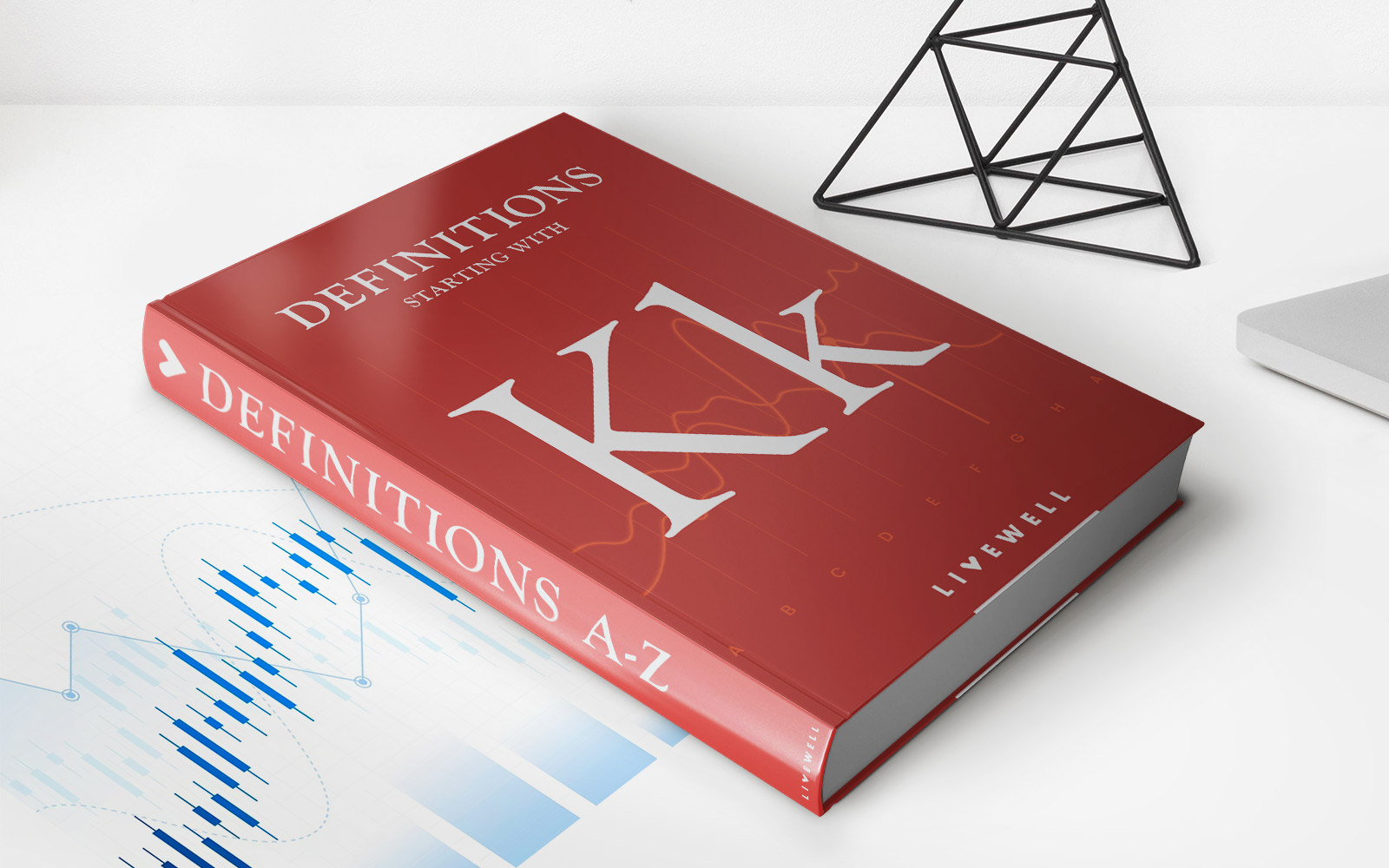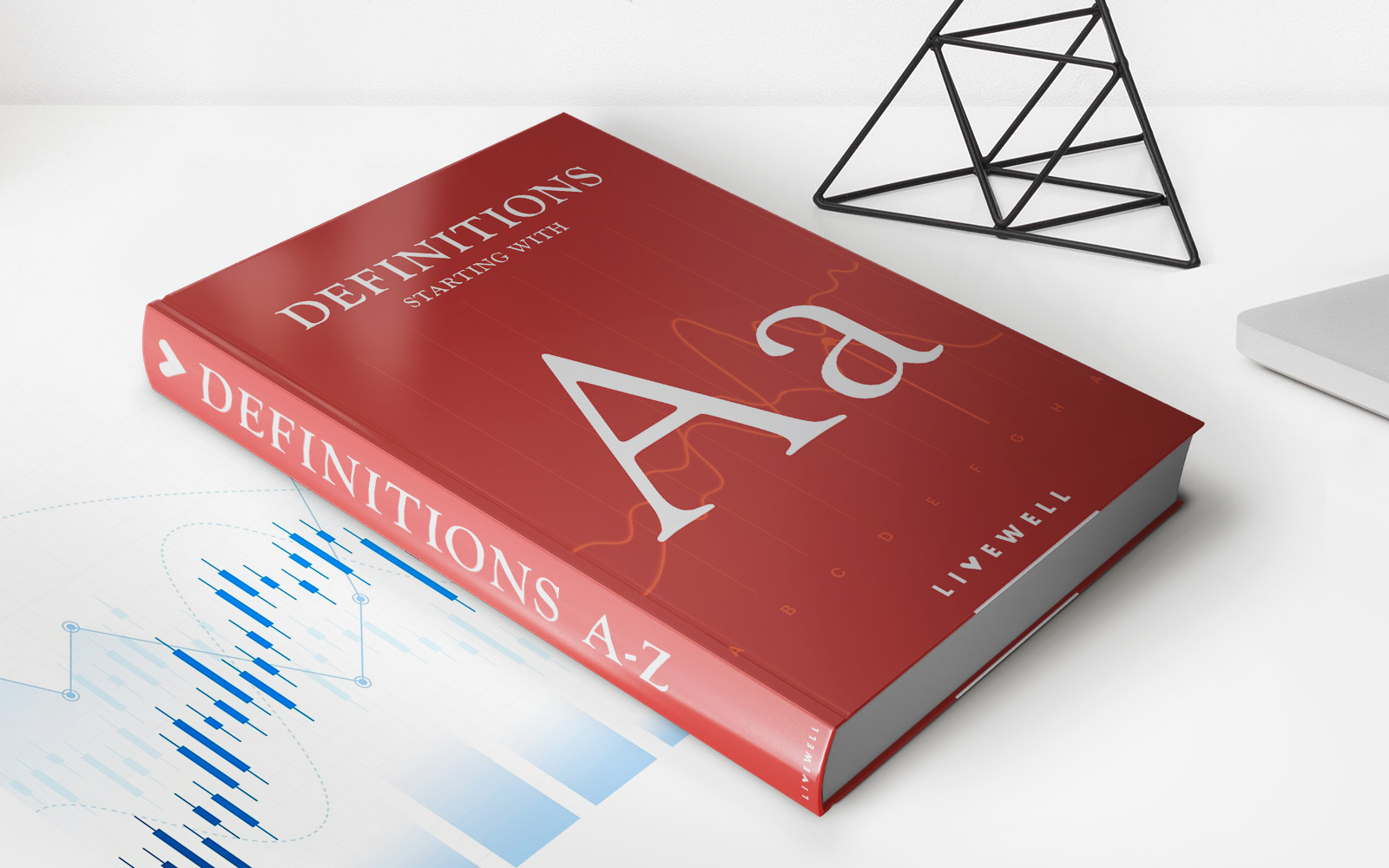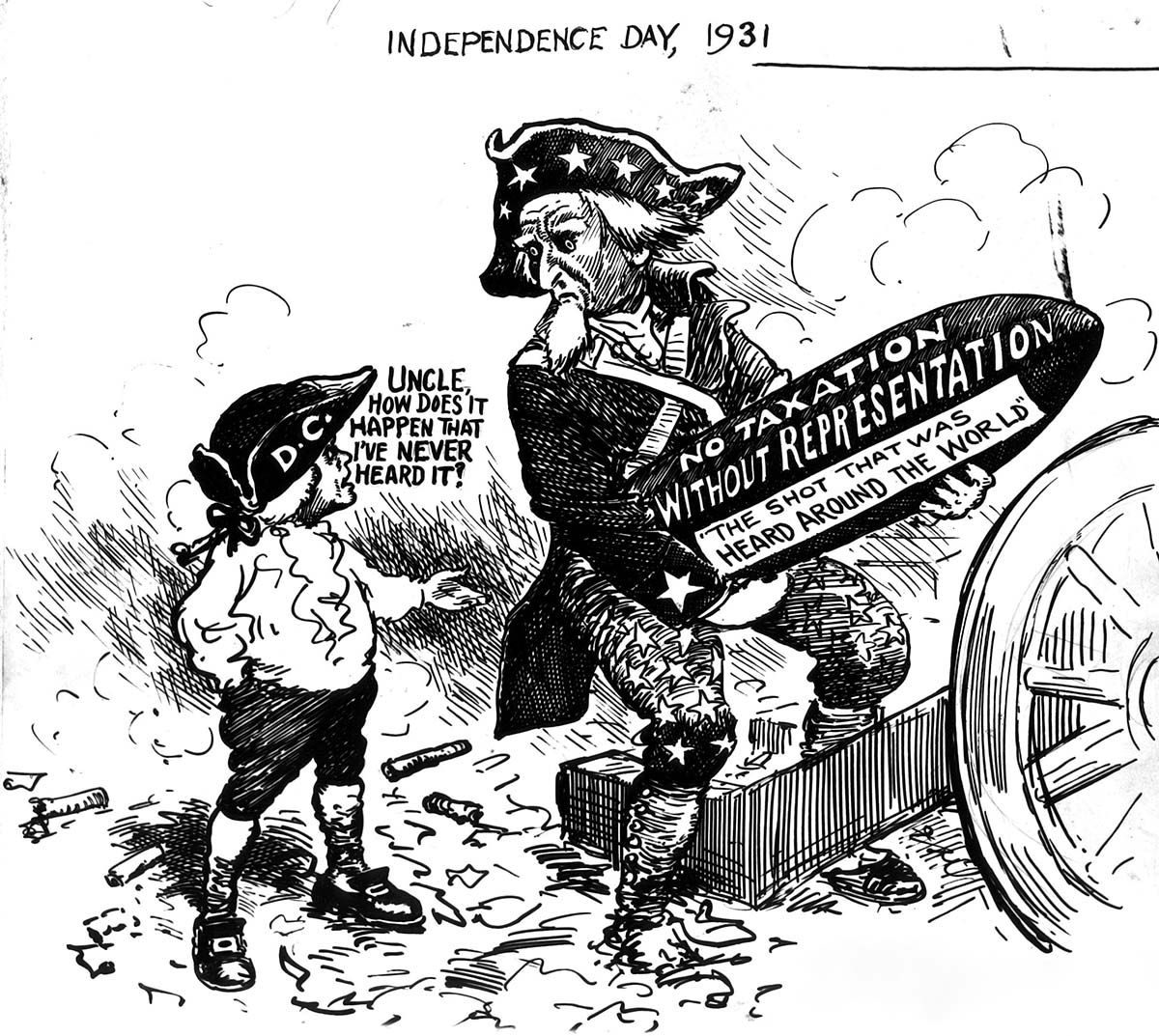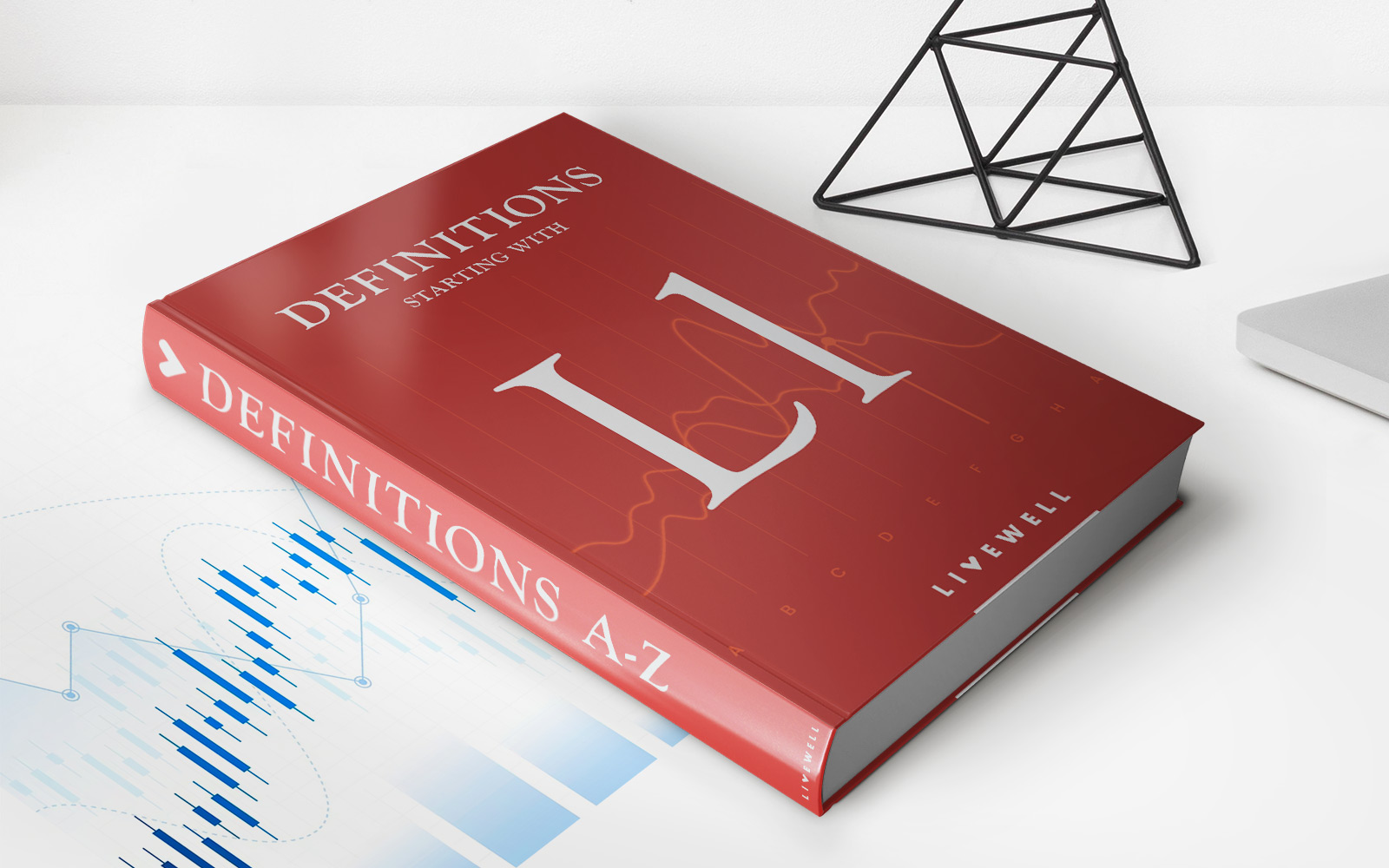Home>Finance>How Does Installment Credit Relate To The Business Cycle


Finance
How Does Installment Credit Relate To The Business Cycle
Published: February 21, 2024
Learn how installment credit impacts the business cycle and gain insights into the relationship between finance and economic fluctuations. Discover the role of finance in shaping the business cycle.
(Many of the links in this article redirect to a specific reviewed product. Your purchase of these products through affiliate links helps to generate commission for LiveWell, at no extra cost. Learn more)
Table of Contents
Introduction
Welcome to the dynamic world of finance, where the ebb and flow of economic activity shape the landscape of business operations. In this article, we will embark on a journey to explore the intriguing relationship between installment credit and the business cycle. Understanding how these two elements intersect is crucial for businesses seeking to navigate the ever-changing tides of the economy.
As we delve into this topic, we will unravel the significance of installment credit, a financial tool that empowers consumers to make substantial purchases while spreading payments over time. Concurrently, we will examine the intricate nature of the business cycle, a perpetual undulation of economic expansion and contraction that influences consumer behavior, investment decisions, and overall market conditions.
Join us as we decipher the interplay between installment credit and the business cycle, shedding light on how businesses can adapt their strategies to thrive in diverse economic environments. Let's embark on this enlightening exploration of finance and commerce, uncovering the symbiotic relationship between credit dynamics and the undulating rhythms of the business cycle.
Overview of Installment Credit
Installment credit serves as a cornerstone of consumer finance, offering individuals the flexibility to acquire high-value assets such as homes, vehicles, and durable goods without bearing the full financial burden upfront. This form of credit enables consumers to make substantial purchases by paying a fixed amount at regular intervals over an agreed-upon period. Whether obtained through financial institutions, retailers, or specialized lenders, installment credit empowers individuals to fulfill their immediate needs while managing their budgetary constraints effectively.
When individuals opt for installment credit, they enter into a contractual agreement outlining the terms of the loan, including the repayment schedule, interest rates, and any applicable fees. These terms are tailored to suit the borrower’s financial capacity and the nature of the purchase. By spreading the cost of a purchase over time, installment credit provides a viable avenue for individuals to acquire assets that may otherwise be financially unattainable.
Furthermore, installment credit plays a pivotal role in building and enhancing consumers’ credit profiles. Timely repayments on installment loans contribute positively to individuals’ credit scores, reflecting their creditworthiness and responsible financial behavior. This, in turn, can open doors to favorable interest rates on future credit products, thereby fostering a cycle of financial empowerment and stability for borrowers.
As a fundamental component of personal finance, installment credit influences consumer spending patterns, economic activity, and the overall financial well-being of individuals. Its prevalence in modern economies underscores its significance as a catalyst for driving consumer purchasing power and shaping the dynamics of the business environment.
The Business Cycle
The business cycle encapsulates the rhythmic undulations of economic activity, encompassing periods of expansion, peak, contraction, and trough. This cyclical pattern reflects the fluctuations in real gross domestic product (GDP), employment levels, consumer spending, investment, and overall economic output. As businesses and consumers navigate the ever-changing economic landscape, the business cycle serves as a fundamental framework for understanding and anticipating the dynamics of the economy.
During the expansion phase, economic activity flourishes, characterized by rising GDP, increased consumer confidence, heightened investment, and robust employment opportunities. Businesses experience heightened demand for goods and services, leading to enhanced profitability and growth prospects. This phase often coincides with optimism, innovation, and a buoyant market sentiment, fostering an environment conducive to business expansion and investment.
At the peak of the cycle, economic indicators reach their zenith, signifying the culmination of the expansionary phase. This juncture typically heralds the onset of a contraction, as the economy approaches a tipping point marked by diminishing returns, capacity constraints, and potential inflationary pressures. Subsequently, the economy transitions into a contraction, characterized by declining GDP, reduced consumer spending, heightened unemployment, and subdued business sentiment. During this phase, businesses face challenges such as declining demand, shrinking profit margins, and the need to recalibrate their strategies to weather the economic downturn.
As the contraction reaches its nadir, the economy enters a trough, representing the lowest point of the cycle. However, this phase also sets the stage for the subsequent revival and resurgence of economic activity. The cyclical nature of the business cycle underscores the inevitability of economic fluctuations, emphasizing the need for businesses to adopt adaptive strategies that align with the prevailing phase of the cycle.
Relationship Between Installment Credit and the Business Cycle
The interconnection between installment credit and the business cycle is a compelling facet of economic dynamics, exerting a profound influence on consumer behavior, business operations, and overall market resilience. During periods of economic expansion, characterized by heightened consumer confidence and robust spending, installment credit often experiences increased utilization. Consumers, buoyed by optimism about future income and financial stability, may leverage installment credit to make significant purchases, such as homes, vehicles, and durable goods. The availability of installment credit during this phase amplifies consumers’ purchasing power, driving demand for big-ticket items and spurring economic activity.
Conversely, during economic contractions, consumers may exhibit more cautious spending behavior, leading to a potential decline in the utilization of installment credit. Heightened economic uncertainty, concerns about job security, and a desire to bolster savings can prompt individuals to defer major purchases or opt for more conservative spending patterns. Consequently, the demand for installment credit may wane during this phase, as consumers prioritize financial prudence and risk aversion.
For businesses, the relationship between installment credit and the business cycle holds significant implications. During periods of economic expansion, businesses may witness heightened demand for their products and services, buoyed by consumers’ increased access to installment credit. This can translate into expanded sales opportunities, enhanced revenue streams, and the potential for business growth. However, during economic contractions, businesses may encounter subdued demand and a more cautious consumer stance, impacting their sales volumes and overall financial performance.
Furthermore, the availability and utilization of installment credit can serve as a barometer of consumer sentiment and financial health during different phases of the business cycle. A surge in installment credit applications and approvals during economic expansions may signal consumers’ confidence in their future financial prospects, while a decline in such activities during contractions may reflect a more conservative and risk-averse consumer mindset.
Understanding the nuanced relationship between installment credit and the business cycle empowers businesses to adapt their strategies, product offerings, and marketing approaches in response to prevailing economic conditions. By aligning their operations with the fluctuations in consumer purchasing behavior influenced by the business cycle, businesses can optimize their resilience and capitalize on opportunities for sustained growth and profitability.
Implications for Businesses
The symbiotic interplay between installment credit and the business cycle holds multifaceted implications for businesses, shaping their strategic decisions, financial performance, and customer engagement strategies. Recognizing the implications of installment credit dynamics within the context of the business cycle equips businesses with valuable insights to navigate the complexities of the economic landscape and optimize their operational resilience.
During periods of economic expansion, businesses can capitalize on the increased utilization of installment credit by aligning their product offerings and marketing initiatives to resonate with consumer demand for high-value purchases. By leveraging targeted promotional strategies that emphasize the accessibility of installment credit and its facilitation of affordable acquisition, businesses can stimulate consumer interest and drive sales volumes. Additionally, strategic partnerships with financial institutions and lenders to offer competitive financing options can further enhance businesses’ appeal to consumers seeking to leverage installment credit for their purchases.
Conversely, during economic contractions, businesses must adopt adaptive strategies to navigate the potential downturn in consumer spending and the utilization of installment credit. This may involve recalibrating pricing strategies, offering flexible payment terms, and diversifying product lines to cater to evolving consumer preferences. Moreover, enhancing customer education on the benefits of installment credit, such as manageable payment plans and favorable interest rates, can instill confidence and incentivize purchasing decisions, mitigating the impact of economic uncertainties on businesses’ revenue streams.
Furthermore, businesses can proactively monitor the fluctuations in installment credit applications and approvals as leading indicators of consumer sentiment and financial confidence. This insight can inform businesses’ demand forecasting, inventory management, and resource allocation, enabling them to adapt their operational strategies in response to shifting consumer behaviors influenced by the business cycle.
Strategic financial management also plays a pivotal role in mitigating the impact of installment credit dynamics within the business cycle. Businesses can optimize their cash flow management, working capital strategies, and credit risk assessments to navigate the potential fluctuations in consumer spending and credit utilization. By fostering robust financial resilience and flexibility, businesses can weather the challenges posed by economic contractions and capitalize on the opportunities presented during periods of expansion.
In essence, a nuanced understanding of the implications of installment credit within the context of the business cycle empowers businesses to proactively tailor their strategies, operations, and customer engagement approaches to align with the prevailing economic conditions. By embracing adaptability, strategic foresight, and consumer-centric initiatives, businesses can fortify their resilience and capitalize on the synergies between installment credit dynamics and the undulating rhythms of the business cycle.
Conclusion
As we conclude our exploration of the interwoven dynamics of installment credit and the business cycle, it becomes evident that these elements exert a profound influence on the economic landscape and business operations. The symbiotic relationship between installment credit and the business cycle underscores the intricate interplay between consumer financial behavior, market dynamics, and the resilience of businesses in navigating the undulating tides of the economy.
Installment credit serves as a catalyst for empowering consumers to make substantial purchases, shaping their spending patterns, and influencing the demand for high-value goods and services. Its availability and utilization fluctuate in tandem with the phases of the business cycle, reflecting the evolving financial sentiment and consumer confidence. Businesses, in turn, are intricately linked to these dynamics, as they adapt their strategies, product offerings, and operational approaches to align with the prevailing economic conditions.
By embracing a nuanced understanding of the implications of installment credit within the context of the business cycle, businesses can harness valuable insights to optimize their resilience, capitalize on opportunities for growth, and mitigate the impact of economic downturns. Strategic alignment with consumer purchasing behaviors influenced by installment credit dynamics enables businesses to foster adaptive strategies, enhance customer engagement, and fortify their financial resilience.
Ultimately, the synergy between installment credit and the business cycle underscores the imperative for businesses to embrace flexibility, strategic foresight, and consumer-centric initiatives. By navigating the complexities of economic fluctuations with astuteness and adaptability, businesses can position themselves to thrive across diverse economic environments, leveraging the symbiotic relationship between installment credit dynamics and the undulating rhythms of the business cycle to drive sustained success and resilience in the marketplace.


